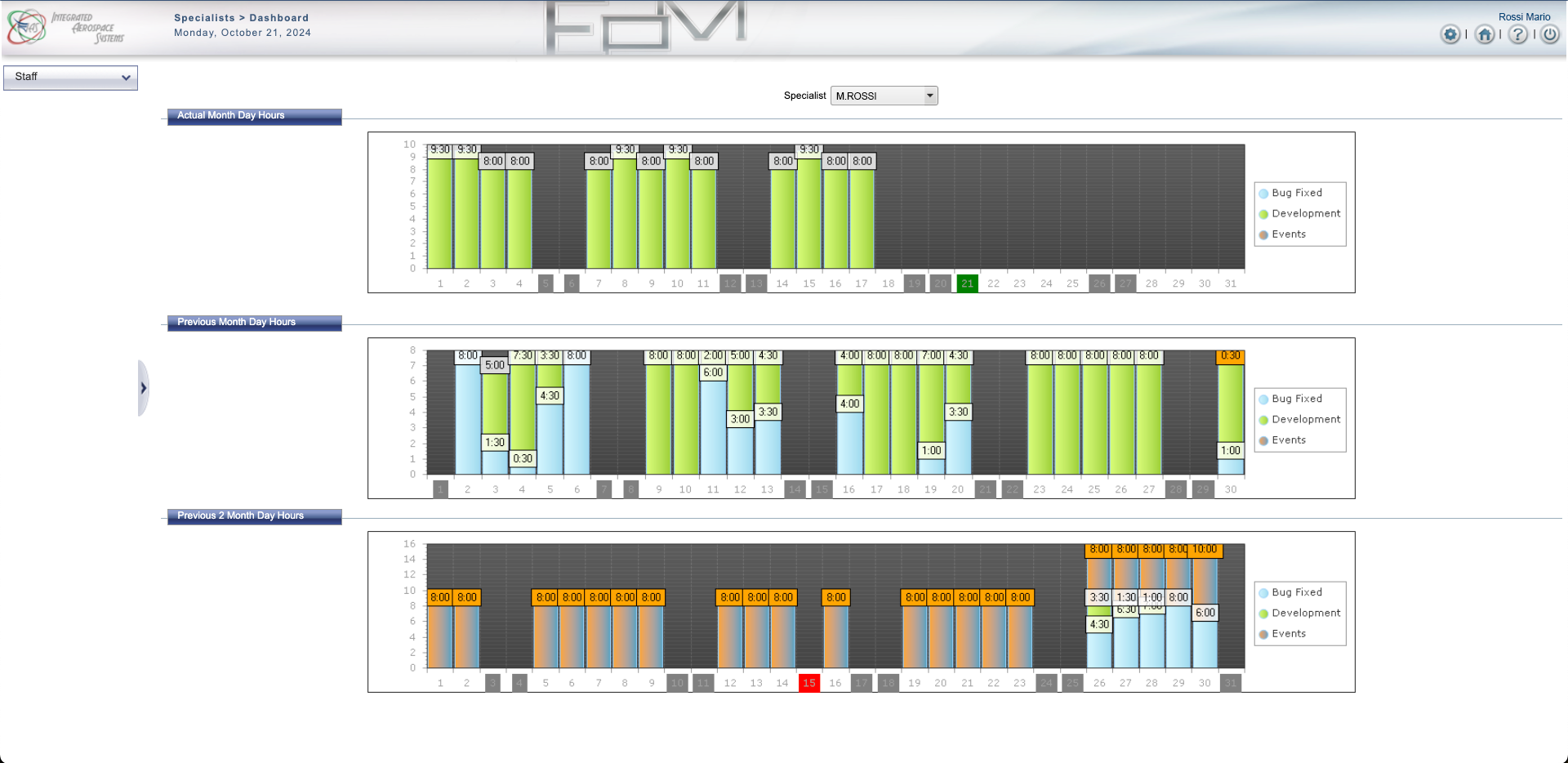We leave nothing to chance.
How we plan all stages of our projects
First phase (T0-T2)
Second phase (T2-T4)
Third phase (T4-T6)
Our scheduling.
How EPM assists us throughout the day.
EPM (acronym for Electronic Project Management) is a solution already implemented within the company, designed to optimize the management of orders and projects in a digital transformation perspective. This centralized platform not only allows the digitization of business processes but also significantly improves operational efficiency, reducing costs and enhancing management control through accurate data collection and analysis.


The interface, modern and user-friendly, allows for smooth navigation and customization of views, with the ability to export data and reports in various formats. Attention to responsive design also guarantees an optimal experience on all types of devices, including tablets and smartphones, making the application perfect for dynamic and mobile use.
In summary, this platform not only promotes operational efficiency and management control, but also serves as a strategic ally for companies that want to fully embrace digitalization, enabling a modern and flexible work environment. The data provided by the system also allow for projecting the progress of projects into specific products for Business Intelligence.

How we organize our activities
The SCRUM-AGILE framework
Scrum is an Agile framework used to manage projects iteratively and incrementally, ideal for rapidly developing products like software. Based on three principles – transparency, inspection and adaptation – Scrum promotes a continuous improvement cycle, helping teams respond quickly to changes.

Main Roles
- Product Owner: Manages the product backlog and prioritizes functionalities to maximize the value of the work performed by the team.
- Scrum Master: Facilitates the team, ensures Scrum practices are followed and removes obstacles.
- Development Team: Autonomous and self-organized, works on developing the product's features.
Artifacts
- Product Backlog: Priority list of product requirements.
- Sprint Backlog: Tasks selected for a Sprint, the work cycle lasting from 1 to 4 weeks.
- Increment: Working product at the end of each Sprint.
Eventi
- Sprint: Iterative work cycle in which functionalities ready for use are developed.
- Sprint Planning: Defines what to complete during the Sprint.
- Daily Scrum: Brief daily meeting to synchronize activities.
- Sprint Review: Review of work with stakeholders.
- Sprint Retrospective: Process evaluation to identify improvements.
Advantages
Scrum allows for quick adaptation to changes, ensures transparency, increases the quality of the product through the iterative approach, and empowers the team, boosting motivation and engagement.
We aim to provide you with the best possible Customer Experience.







